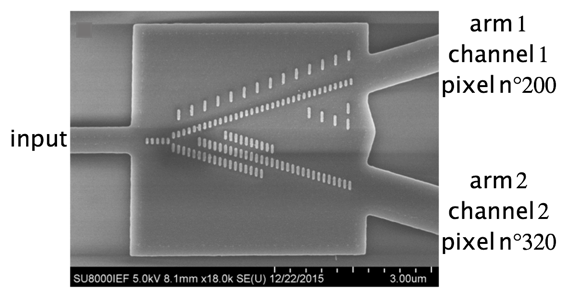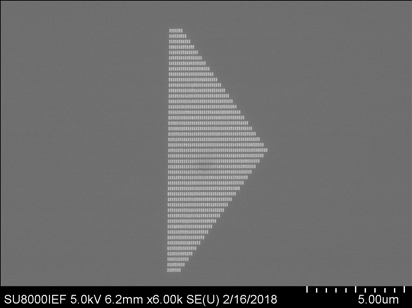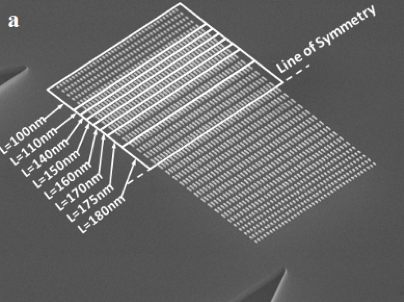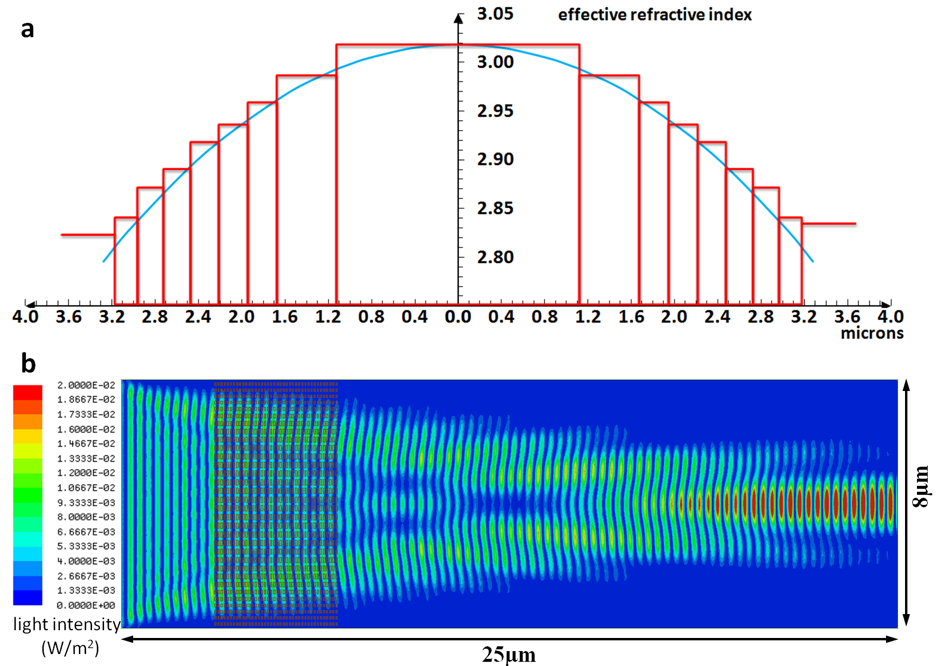Metamaterials and metasurfaces
Physics and applications at microwave and optical frequencies
Metamaterials by definition show properties that go beyond conventional materials. In microwave, THz and optical (infrared, visible or ultraviolet) domains, we can find metamaterials with an index lower than unity, with zero or negative values. These are obviously artificial materials which are very often periodic structures formed of metallic inclusions in dielectric hosts.
Metasurfaces are different to metamaterials since they are two-dimensional structures, in the sense that their thickness is smaller than the wavelength. They are planar or shaped periodic structures whose transmission and reflection amplitude and phase can be controlled.
I- Microwave
At microwave frequencies, the CRIME research group has developed metamaterials and metasurfaces in different contexts (academic and industrial collaborations).
A few examples of these works are illustrated below:
- Space transformation and metamaterials
- Ultra-flat and conformal antennas for aeronautical and space applications
- Microwave holography
- Complex wave generation
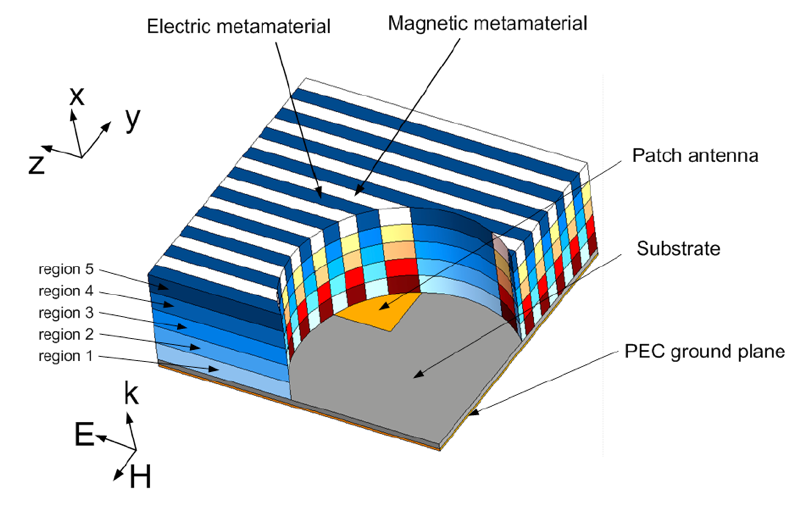

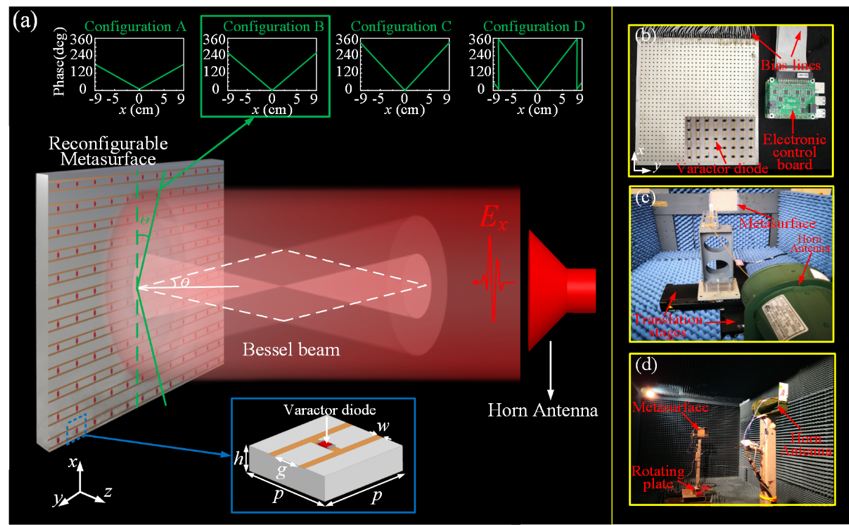
Several types of applications have been mainly developed with industrial partners in different domains:
- Invisibility and cloaking
- Satellite communications
- Radar
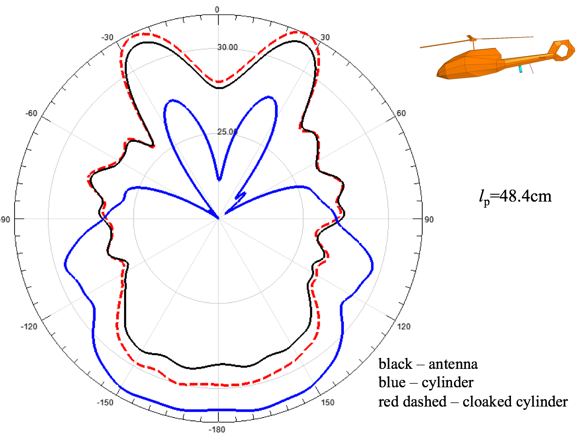
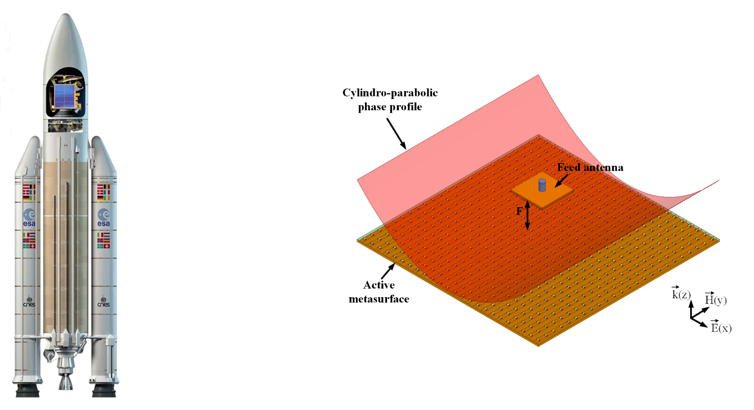
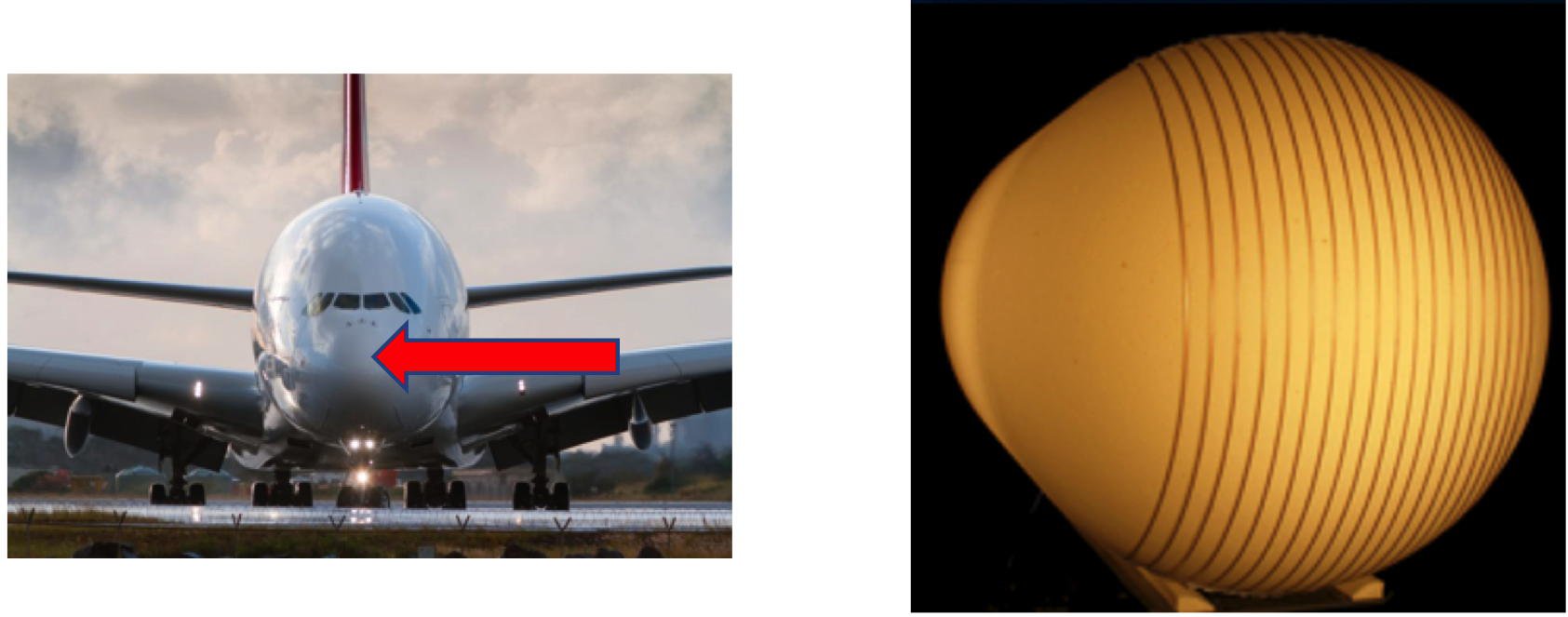
II- Infrared optics
Optical applications of metasurfaces concern mainly infrared telecom applications. We have developed near infrared devices on SOI around 1.5 µm: multiplexer and demultiplexer, gradient index and axicon lenses. In these devices, we use gold wires deposited on silicon to modify the effective index of the silicon and then control the propagation of the wave inside. Following the length of the gold wires, we can select the wavelength of the wave propagating into the silicon waveguide.
Some examples are given below:
